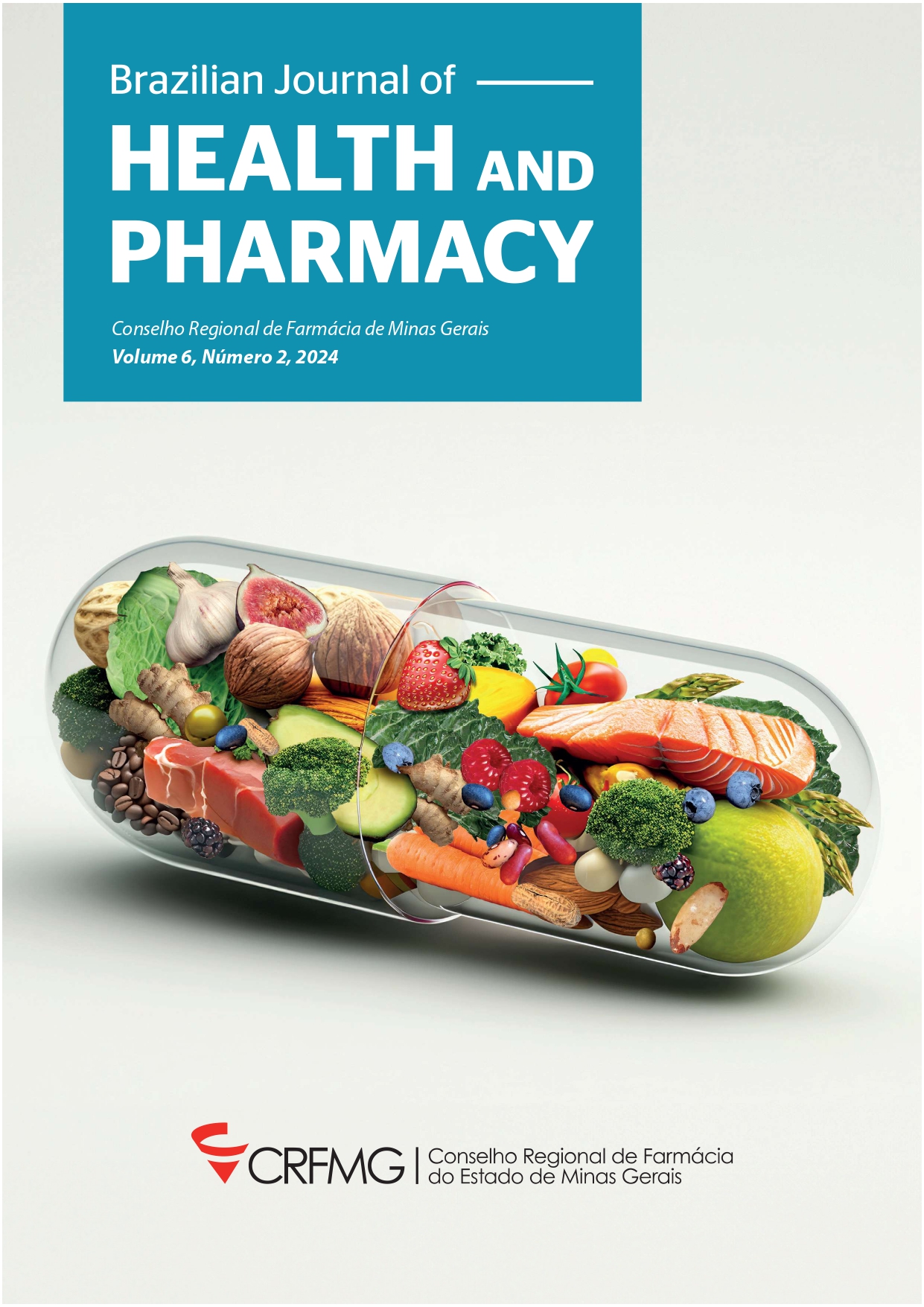Abstract
Introduction. The WHO has identified drug information centers (DICs) as one of the strategies for promoting the rational use of medicines, by providing and disseminating accurate, up-to-date information based on evidence. Objective. To describe the reactive information activity provided by Cebrim/CFF between 1995 and 2022. Method. This is a descriptive cross-sectional study with a secondary data collection from an institutional database. The following data were collected: number of requests received annually, the main topic of the query, patient involvement, and the medications mentioned; about the requester: profession and institution of employment; about the service quality: time spent responding and bibliographic references used to prepare the responses. Additionally, data on user satisfaction with the provided response were extracted. Results. Cebrim/ CFF responded to over 14,000 information requests from hospital and community pharmacists on pharmacology and legislation issues. Part of the demands was related to clinical cases, where the use of omeprazole and diclofenac was predominant, along with drugs used in the treatment of non-communicable chronic diseases (losartan and insulin). The service was rated as good or excellent by 84.2% of users who evaluated it. Conclusion. Cebrim/CFF has proven to be a continuous strategy for promoting rational and safe drug use, notably in support of pharmacists. It is concluded that drug information centers continue to be an important tool to counterbalance information on drugs published by unreliable sources.

